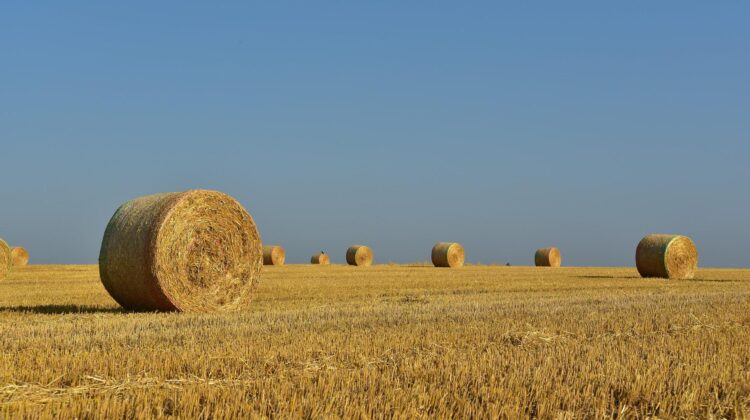Hay prices across the province have nearly doubled which is making life a little more costly for ranchers.
According to the BC Cattlemen’s Association, prices are as high as 400 dollars for a 13-hundred pound bale – in the past, farmers were paying $220-250 a bale on the high-end.
General Manager, Kevin Boon Vista Radio last year’s drought conditions aren’t helping matters.
“When you have a very dry season like what we had last year across Western Canada, it takes recovery time and of course, these high prices are an indication that those supplies are extremely low.”
“Really, this is a result of the floods, the drought, the wildfires, which put hay supply in a very, very tight supply situation, and most felt that they had enough albeit a limited feed supply available for them to get through the winter. Those that are short of hay are having to pay and when you consider that these guys might bring in a thousand to $1100 out of the progeny of those calves this fall and if it takes them half a ton a month, you are putting a five or six-month winter at a 12-hundred dollar range just to winter that cow and then they are expecting that calf to return that dollar. They are going to be hard-pressed to recover the dollars they put into feed for those calves when they market their cattle this fall.”
Boon added like many other things, hay is in high demand, but short in supply.
“We often depend on carryover from one year to the next to get us through. We always like to keep a supply on hand just in case but we have utilized that reserve and we are coming into a year without a reserve in hand.”
“You know, those provinces to the east, (Alberta, Saskatchewan, and Manitoba) are already starting to move some cattle that they don’t feel they are going to have supplies for the summer for feed and water is going to be an issue. Guys are pumping water into dugouts to fill water supplies for the cattle, so, right now, we are being very cautious and we are hoping for Mother Nature to supply us with some moisture.”
He stated with the spring being a little cooler, it is stretching last year’s supplies with many farmers trying to hang on until the grass turns green to work on this year’s hay supply.


